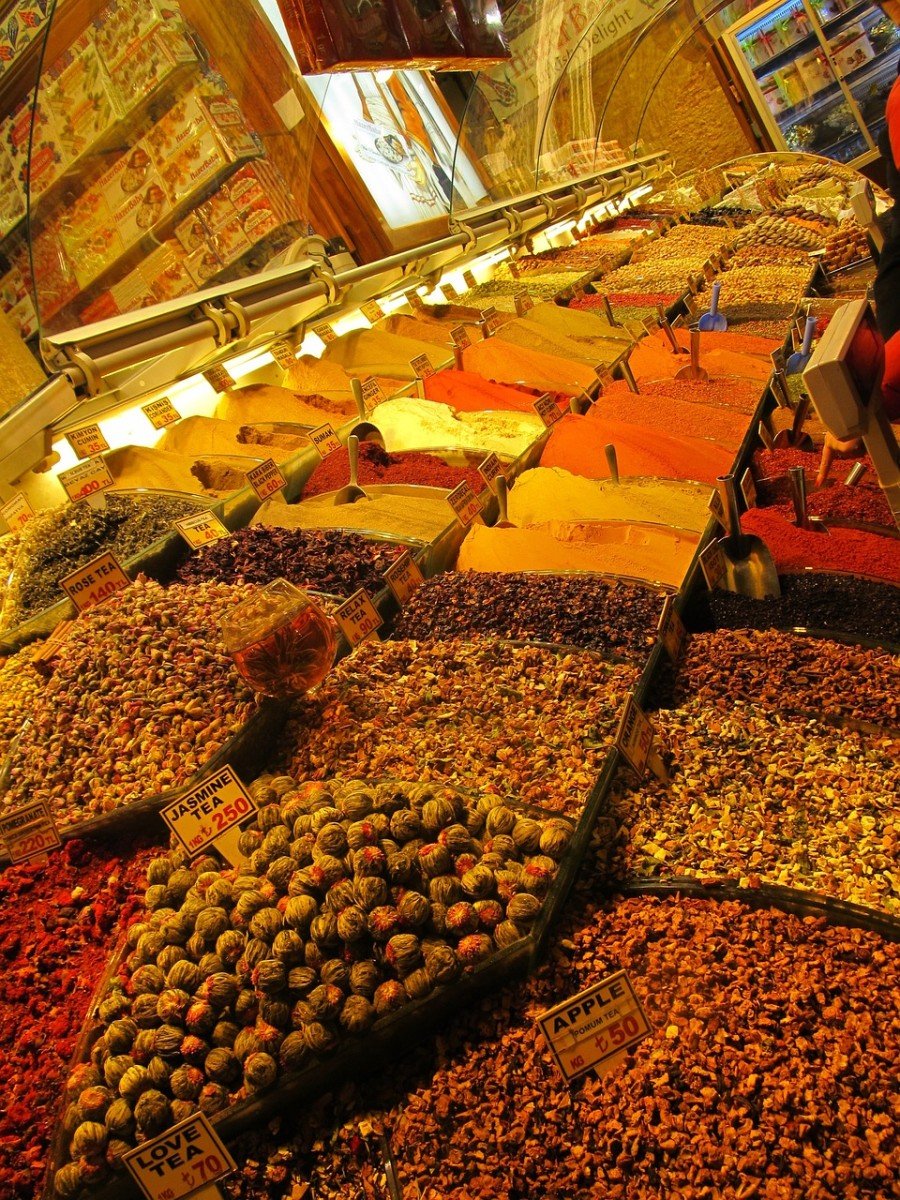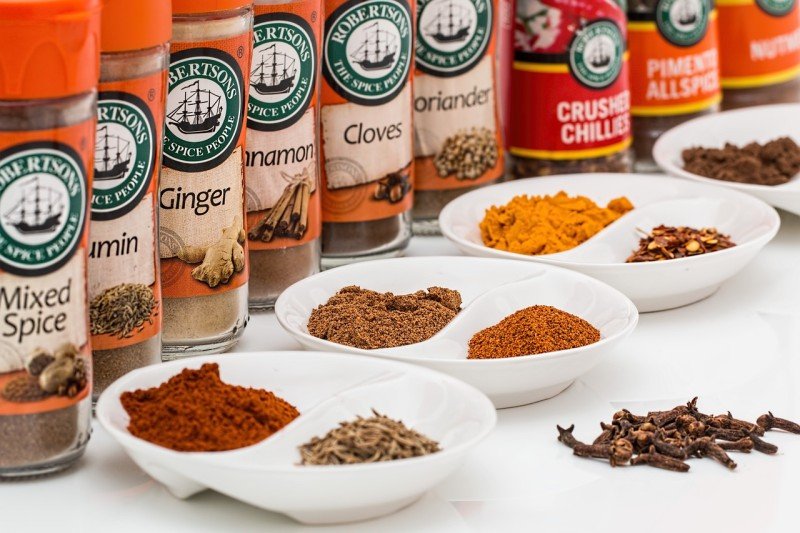Spices have played a crucial role in shaping our global cuisines and cultures. From the fragrant cinnamon of Sri Lanka to the fiery chilies of Mexico, these tiny treasures have woven their way into the fabric of societies around the world. The desire for these flavor-enhancing ingredients fueled exploration and trade, leading to the establishment of the famous spice routes that connected distant lands and cultures.
The spice trade once drove ambitious traders to brave treacherous seas and cross vast deserts. This quest for valuable spices like nutmeg, cloves, and black pepper not only enriched the palates of those in Europe and Asia, but it also opened up new markets and facilitated cultural exchanges. Different societies learned to incorporate these bold flavors into their local cuisines, creating unique dishes that reflected their culinary heritage.
Spices also played a significant role in preserving food before the invention of refrigeration. Many spices possess natural antibacterial properties, which helped to keep food safe for longer periods. As different regions adapted their cooking methods, the integration of spices evolved, leading to the development of signature dishes that highlighted the distinct flavors of their environment. This blending of spices not only transformed the way people cooked but also brought communities together, as shared meals became a symbol of hospitality and connection.
Today, the global impact of spices is undeniable. They continue to inspire chefs and home cooks alike, offering endless possibilities for creativity in the kitchen. Grocery store aisles are filled with spices from every corner of the world, allowing anyone to experience the rich tapestry of flavors that have been cultivated over centuries. This culinary legacy serves as a reminder of how interconnected our world has become, and how a single ingredient can traverse cultures, making its mark on our plates and palates.
Ancient Trade Paths and Flavors
The rich tapestry of global cuisine we enjoy today has deep roots in ancient trade paths that crisscrossed continents. These routes were more than just highways for goods; they were vibrant channels of culture, ideas, and flavors. As merchants traveled, they carried not only spices, but also stories, traditions, and culinary techniques that transformed local cuisines. The spice trade laid the groundwork for an exchange of flavors that still influences our dishes today.
One of the most famous trade routes, the Silk Road, connected East and West, stretching from China to the Mediterranean. Here, spices like cardamom, cinnamon, and star anise traveled great distances, enchanting those who tasted them. The delicate warmth of these spices began to find their way into Persian, Indian, and eventually European kitchens. Each culture adapted these flavors to their local ingredients, creating a melting pot of tastes that captured the essence of the lands through which they passed.
Meanwhile, maritime routes brought spices from the lush islands of Southeast Asia to Europe and beyond. The fabled Spice Islands, now known as the Molukkas, were famed for nutmeg and cloves, which became highly sought after in Europe. Traders risked perilous sea voyages to unlock these treasures, further feeding the demand for exotic flavors. The introduction of these spices not only enhanced cooking but also influenced social customs, such as extravagant feasts and fermenting drinks like mulled wine.
As spices flowed along these ancient trade paths, they crossed cultural barriers, creating new dishes and evolving old ones. For example, the introduction of chili peppers from the Americas to Asia sparked a culinary revolution, leading to the creation of iconic dishes such as Thai curry and Sichuan stir-fry. This blending of flavors from various parts of the world showcases how interconnected our global palate has been for centuries, with each ingredient telling a story of its journey through time.
Cultural Blends Through Culinary Exchange
The world of food is a vibrant tapestry woven from threads of diverse cultures, and culinary exchange plays a crucial role in this intricate design. As spices traveled along ancient trade routes, they brought with them not just flavors but also traditions and cooking methods from far-flung lands. This melding of culinary practices led to the birth of new dishes and even entire cuisines, showcasing the rich history of human interaction and creativity.
Consider the Indian curry, which is now enjoyed globally. Its roots can be traced back to the spice trade that connected India with the Middle East and beyond. Influences from Arab traders brought spices like cumin and coriander, while the British colonization introduced techniques such as roasting. The result is a dish that is constantly evolving, reflecting the journeys and exchanges that have shaped it over centuries.
Similarly, the introduction of tomatoes and potatoes to Italy from the Americas was transformative. These ingredients became staples in Italian cuisine, leading to iconic dishes like pasta with marinara sauce and pizza. The fusion of New World ingredients with Old World culinary traditions is a brilliant example of how cultural blends can result in new favorites that transcend geographical boundaries.
Every plate of food tells a story of exchange. Whether it's the use of spices in Moroccan tagines or the incorporation of soy sauce in Californian sushi rolls, the flavors we savor today are a testament to centuries of cultural blending. This exchange continues in our modern world, where global travel and digital communication allow for even more culinary cross-pollination, making our dining experiences richer and more diverse than ever before.
Legacy of Spices in Today’s Dishes
The legacy of spices from ancient trade routes still thrives in today's culinary landscape. Many of the spices that were once precious commodities are now common staples in kitchens around the world. Turmeric, for instance, has transcended its origins in South Asia to become a beloved ingredient in various cuisines, recognized not just for its flavor but also for its vibrant color and health benefits.
In Mediterranean dishes, spices like cumin, coriander, and saffron showcase the rich history of spice trade. Cumin adds warmth and depth to meats and stews, while coriander brings a fresh, citrusy note to salads and sauces. Saffron, once worth more than gold, is now used in festive rice dishes like paella, imparting both flavor and a beautiful golden hue.
The influence of spices can also be seen in the spicy, bold flavors of cuisines from the Americas to Africa. In Indian cuisine, the blend of spices known as garam masala is essential for many recipes, offering a warm and complex flavor profile that has captivated taste buds worldwide. In Mexico, spices such as chili powder and cinnamon add layers of flavor to mole sauces, connecting the historical use of spices to modern-day culinary creations.
Moreover, the fusion of cultures has led to the innovative use of spices in contemporary cooking. Dishes like sushi burritos, which blend Japanese staples with Mexican flavors, often incorporate spices like wasabi and chili, illustrating how centuries-old spice routes continue to inspire new dining experiences. As chefs experiment and blend traditional spice use with modern techniques, the vibrant legacy of spices remains a driving force in global cuisine.



